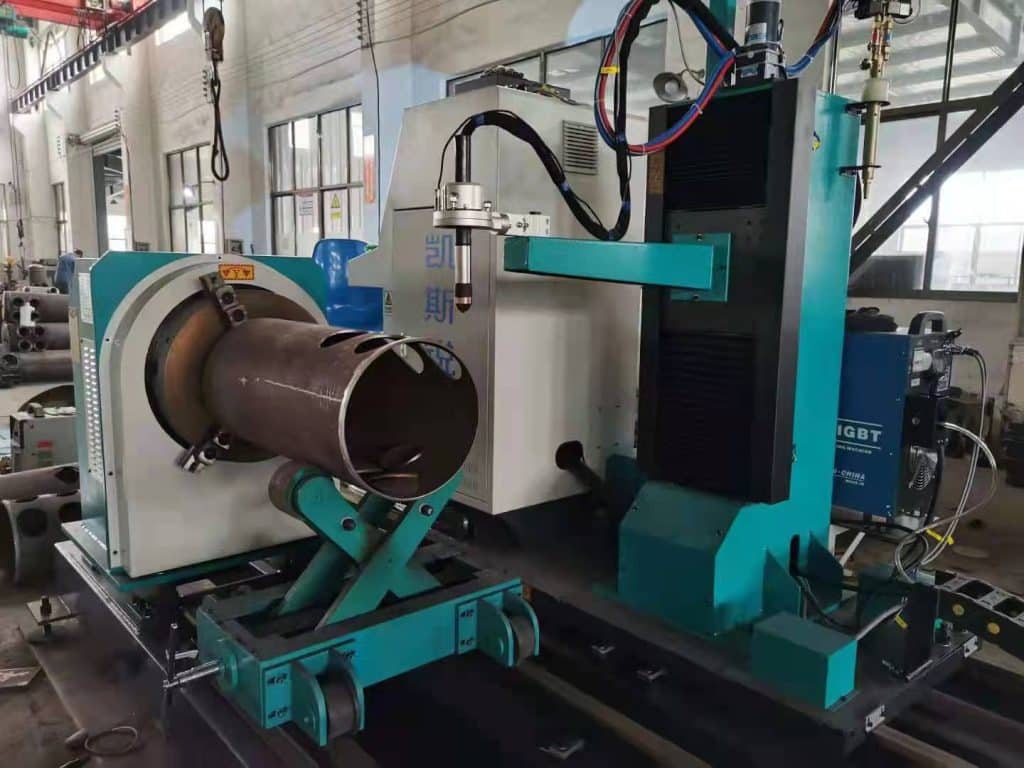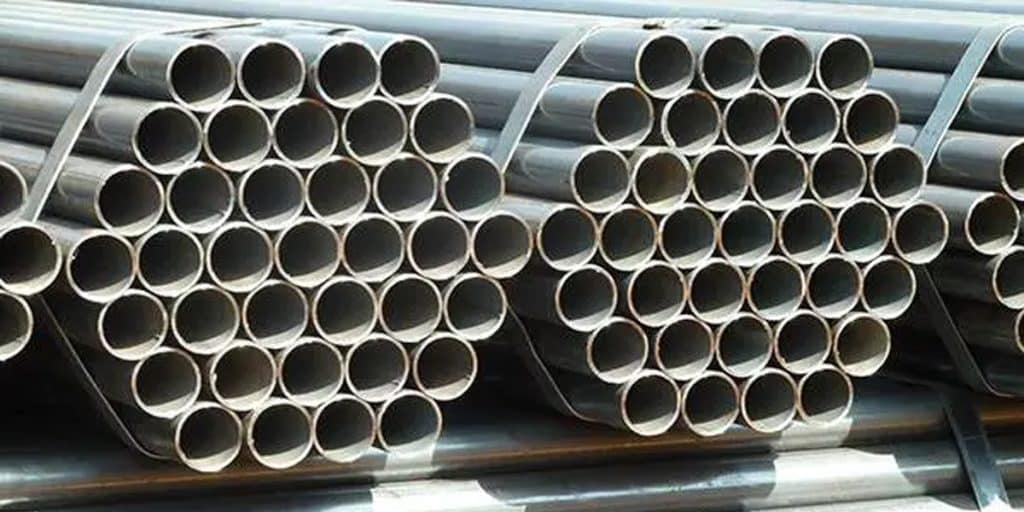ASTM A53 Grade B pipes are widely used in oil, gas, chemical, and power industries. To ensure reliability and safety under high pressure and complex operating environments, rigorous quality control and multiple testing procedures are essential.
This article provides a detailed explanation of the hydrostatic test, nondestructive testing (NDT), and flattening test required for ASTM A53 Grade B pipes. It also explains how these tests ensure product quality and help buyers make informed purchasing decisions.
Overview of ASTM A53 Grade B Pipe Testing
According to the ASTM A53/A53M standard, pipes must undergo a series of strict tests to verify their compliance with performance and safety requirements.
These tests evaluate a pipe’s strength, ductility, and corrosion resistance, focusing mainly on three key procedures:
- Hydrostatic Testing
- Nondestructive Testing (NDT)
- Flattening Test
The following sections explain the purpose, procedures, and standard requirements of each method in detail.
Hydrostatic Testing
- Purpose and Significance
The hydrostatic test is a critical strength test designed to verify whether the pipe can safely operate under internal pressure. It simulates the actual conditions a pipe may face in service, ensuring it will not leak, deform, or rupture during operation.
- Procedure
- Filling:The pipe is completely filled with water to eliminate any trapped air.
- Pressurization:Pressure is gradually applied using a water pump or specialized testing equipment until it reaches the specified test pressure.
- Monitoring:During the test, internal pressure is continuously monitored for any signs of leakage or pressure drop.
- Evaluation:If no leakage, cracking, or failure occurs during the specified holding period, the pipe passes the test.
- ASTM A53 Requirements
According to ASTM A53, the test pressure must be 1.5 times the pipe’s nominal working pressure.For example, if the nominal pressure is 2000 psi, the hydrostatic test pressure must reach 3000 psi.
This ensures the pipe can withstand short-term overpressure conditions during operation or installation.
Nondestructive Testing (NDT)
- Purpose and Significance
Nondestructive Testing (NDT) is used to inspect the pipe’s internal integrity without damaging it, especially in welded areas.
Common NDT methods include:
-
- Ultrasonic Testing (UT)
- Radiographic Testing (RT or X-ray Inspection)
These techniques allow engineers to detect cracks, voids, inclusions, or porosity that are invisible to the naked eye, ensuring the structural integrity of the pipe.
- Procedure
- Ultrasonic Testing (UT):
High-frequency sound waves are transmitted through the pipe wall. When the waves encounter discontinuities (such as cracks or voids), part of the sound is reflected, enabling precise detection of internal flaws.
- Ultrasonic Testing (UT):
-
- Radiographic Testing (RT):
X-rays are used to penetrate the pipe wall. Any internal defects—such as voids, inclusions, or weld porosity—appear as contrasts on the radiographic image, allowing detailed assessment of the weld and base metal.
- Radiographic Testing (RT):
- ASTM A53 Requirements
For Electric Resistance Welded (ERW) pipes, ASTM A53 mandates nondestructive testing of the weld seam using either X-ray or ultrasonic methods to ensure the absence of defects.
The standard also specifies the frequency, sensitivity, and signal parameters for ultrasonic testing to ensure accurate and reliable results.
Flattening Test
- Purpose and Significance
The flattening test evaluates a pipe’s ductility and resistance to deformation under compressive load.
By pressing the pipe to a specified degree, the test determines whether it can withstand external stress without cracking or breaking.
- Procedure
- Compression:The pipe is placed between two flat plates and gradually compressed until the distance between them equals one-third of the pipe’s outside diameter (OD).
- Inspection:The flattened section is examined for any signs of cracking, splitting, or delamination.
- ASTM A53 Requirements
As per ASTM A53, the pipe must not show cracks or breaks when flattened to one-third of its original outside diameter.
For welded pipes, the weld seam must remain intact without any separation or splitting.
This test confirms both the material toughness and the weld strength of the pipe.
How to Choose a Reliable ASTM A53 Grade B Pipe Supplier
When selecting a supplier for ASTM A53 Grade B pipes, it is crucial to evaluate their testing capabilities and quality management system.
Buyers should focus on the following factors:
- Standards Compliance:Does the supplier follow ASTM A53 and provide complete test reports (MTCs)?
- Testing Equipment:Does the supplier have advanced equipment for hydrostatic, NDT, and flattening tests?
- Quality Certification:Does the company hold ISO 9001 certification and operate an independent in-house laboratory?
LONGMA’s Strengths
As a leading manufacturer of ASTM A53 Grade B steel pipes, LONGMA Steel Pipe Co., Ltd. provides comprehensive testing and certification services.
Our production and testing processes ensure each pipe meets ASTM A53 requirements and performs reliably in high-pressure, high-temperature, and corrosive environments.
LONGMA Quality Assurance:
- 100% Hydrostatic testing— ensures no leakage or pressure failure.
- Full Nondestructive Testing (UT/RT)— guarantees weld and internal soundness.
- Complete Flattening test— verifies ductility and compressive strength.
- Detailed Inspection Reports— full documentation for transparent and traceable procurement.
By combining advanced manufacturing with precision testing, LONGMA helps customers minimize procurement risks and ensure the success of their engineering projects.
Conclusion
Comprehensive testing is critical to ensuring the safety and reliability of ASTM A53 Grade B pipes in industrial applications.Through hydrostatic testing, nondestructive inspection, and flattening tests, potential defects can be effectively identified and eliminated.
Partnering with a trusted and certified manufacturer like LONGMA Steel Pipe Co., Ltd. ensures that every pipe you receive meets international quality standards, providing durability, safety, and peace of mind for your projects.




